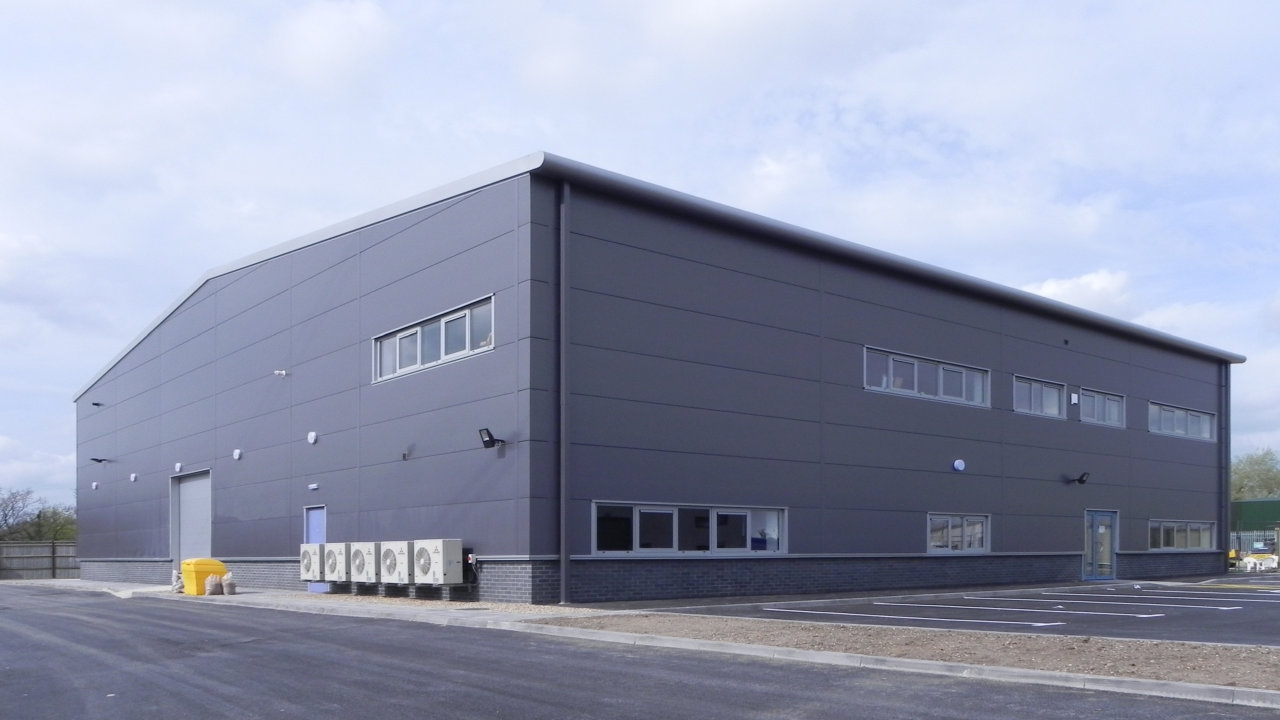Bigger isn’t always better–as the owners of giant houses will tell you when the energy bill comes around. But there’s a lot more to love about buying a smaller house than lower energy bills (though it’s a major perk).
If you’ve ever wondered if there’s a brighter side to living less luxuriously, this article will help you explore just that. Continue reading to learn why you should consider downsizing in the near future to be happier:
Why Buying a Smaller House is a Big Win
1. Lower Energy Bills :
Whether you’re in a mansion on Long Island or a Ranch home in Texas, your body will demand comfortable temperatures year-round.
Seasonal temperature swings like harsh summers and winters mean heating and cooling systems will have to work harder, using more energy.
And that equals a steeper energy bill.
Big rooms and vaulted ceilings pose a problem: the time it takes to alter all that air temperature requires much more energy than compact homes.
2. Less House to Clean :
A smaller house inevitably means smaller piles of dirt, smaller dust bunnies, fewer floors to mop and less carpet to vacuum. With fewer rooms, daily chores and tasks aren’t nearly as burdensome or demanding, freeing up time and a lot of peace.
You’ll also save money on various cleaning costs, from paid cleaning services to scrubbing materials.
3. Reducing or Eliminating Mortgage Payments :
A house at $200,000 today (an average price) will cost someone on a 30-year mortgage a little over a thousand dollars a month. At that price tag, these houses are likely to have only a couple of rooms and moderate square footage.
When you’re considering a house with 4-5 bedrooms in a highly desirable area, don’t be surprised to encounter a mountainous mortgage.
Downgrading is likely to put a hefty amount of cashback into your pocket after mortgage payments are processed each month.
4. Helping Purge Junk :
Having less stuff seems to equal happier living as there are fewer things to fret over, fewer things to purchase, fewer to clean up. When downsizing homes, it’s easy to rummage through your belongings and separate out what you won’t need.
From there, you’ll have fewer things to worry about when moving into your smaller home. Regardless, however, you should seek out quality moving services, such as Corrigan Moving, to secure your belongings in the process.
5. Frees Up Time Commitments :
There’s no currency like time, and if you’re looking for more of it, then downsizing to a smaller home is your ticket to the good life.
As we mentioned, cutting down on the amount of cleaning will cut out wasted time. A smaller yard will need less work, and a smaller pool won’t require as much scrubbing.
Choosing a smaller home will generally require less maintenance time, giving you back the freedom of a wider available schedule.
Why Wait to Downsize?
The buyer’s market is ripe with opportunity, and downsizing has never been more rewarding than in our digital age! Buying a smaller house proves to be a wise decision on funds and time, and a strong move toward a happier life.
For more practical and insightful information, visit Content Rally today!
Read Also :






















